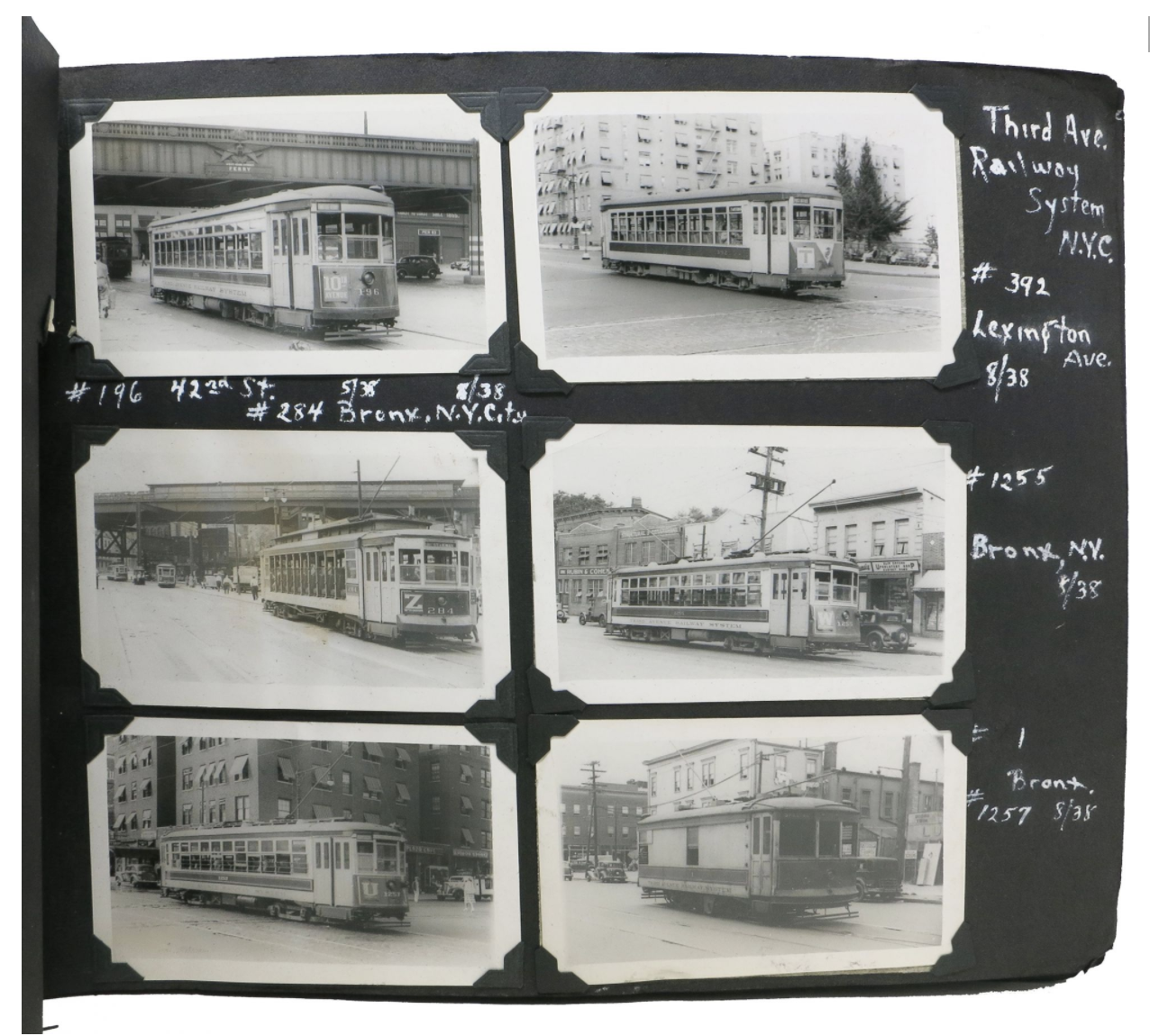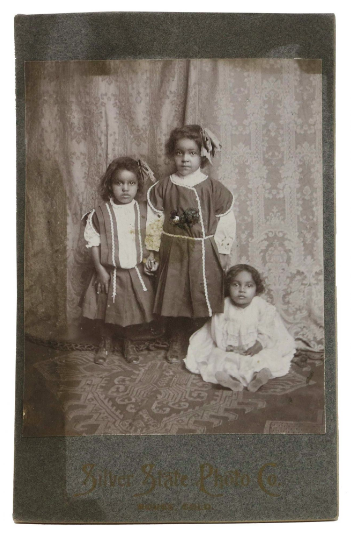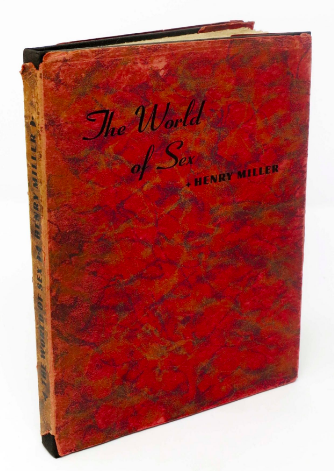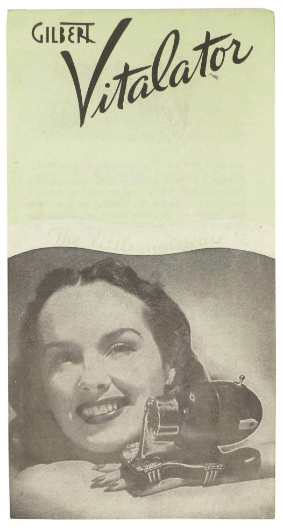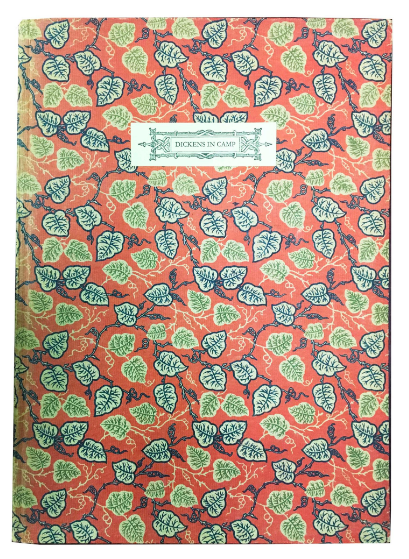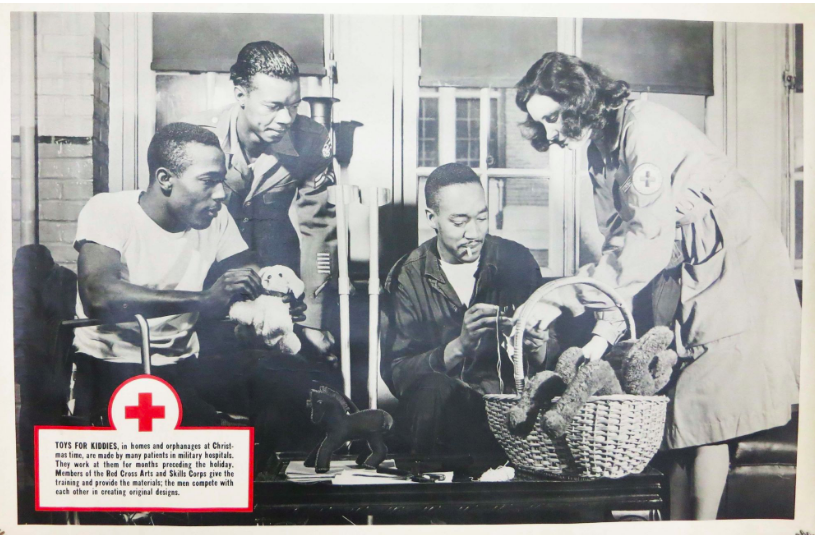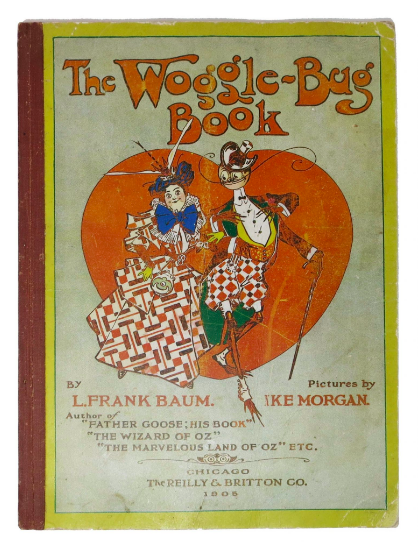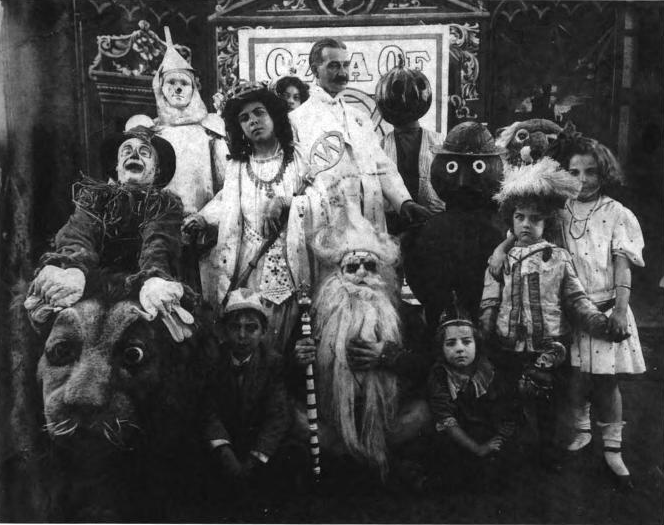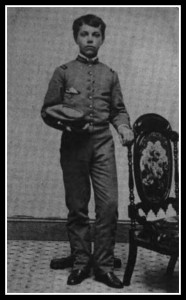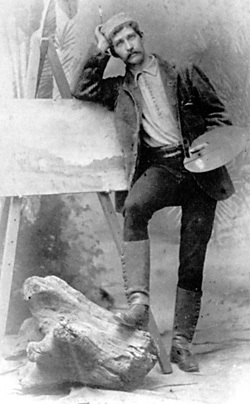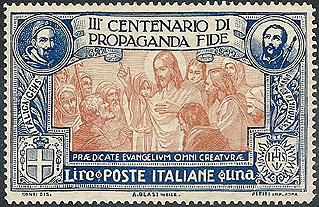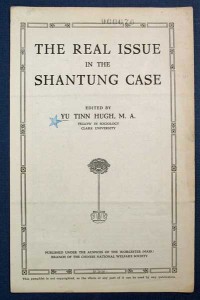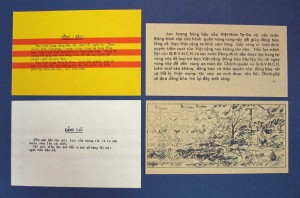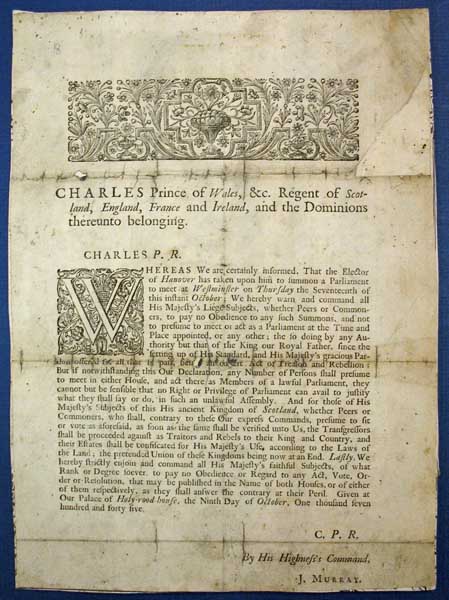This week at Tavistock Books, we’d like to highlight one of our favorite genres currently in our inventory… photographs and photograph albums! We have had several amazing items on our shelves over the years, as we find these personal and first hand accounts of history absolutely fascinating. What makes a photograph, scrapbook or photo album worth collecting, you may ask? Stay tuned for the 411 on the Tavistock team’s thoughts!
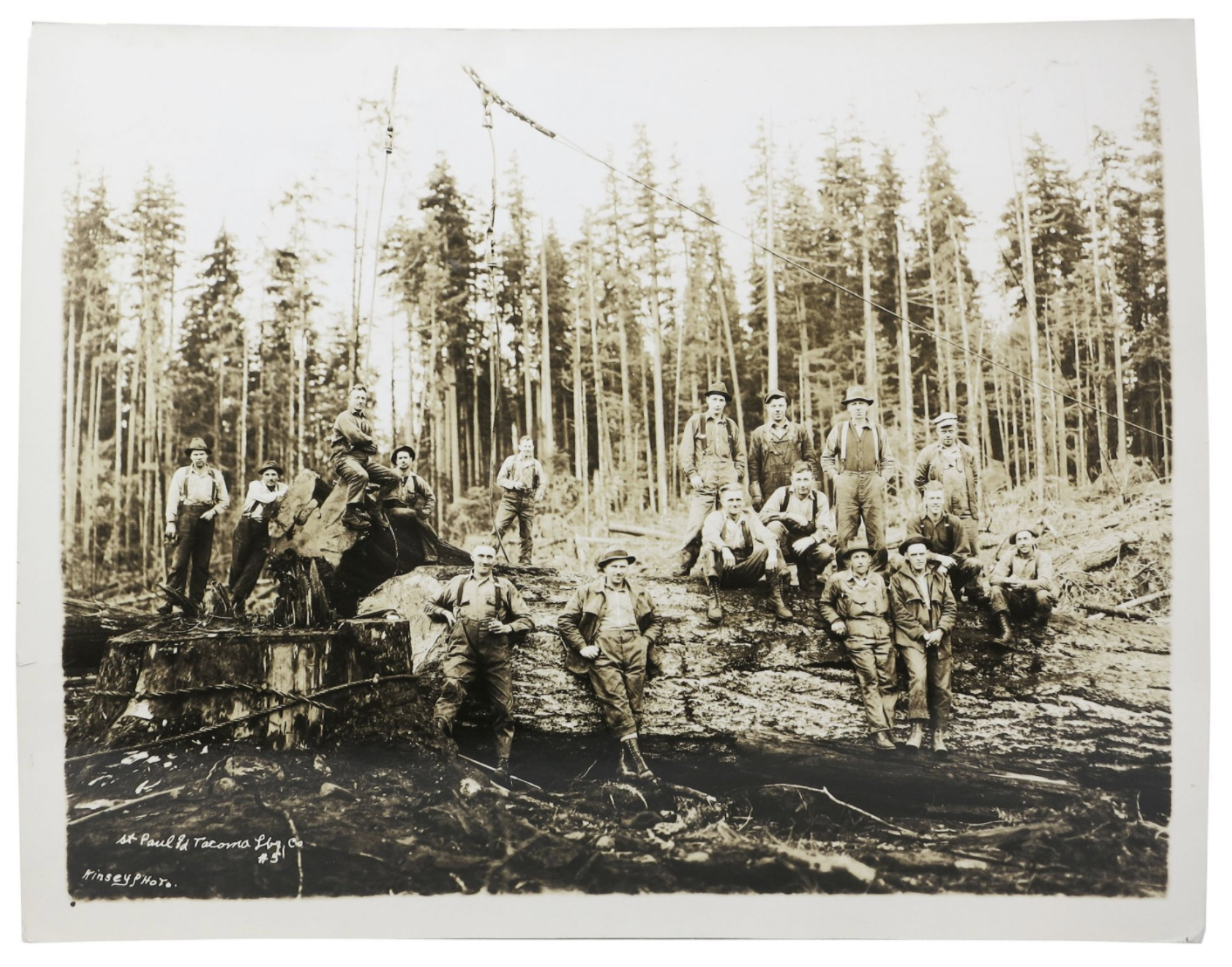
This cache of nine large photographs date back to the lumbering community of the Pacific Northwest in the early 1900s. Check it out here.
Q: So, antiquarian photo/scrapbook albums… first things first! What makes you decide whether or not to invest in one for inventory?
Vic: What I primarily look for is a story being told. That said, most albums are unidentified faces, with few places. If an album is not captioned by the compiler, it makes it difficult to supply context to a potential buyer.
***
Q: Is subject matter, provenance or condition the first thing checked by the Tavistock team, followed, I’m sure, quite quickly by the others?
Vic: All of those are important, though, imo, condition of the album itself not as important as condition of the images. That said, subject matter of primary importance, with provenance coming in immediately behind. Regarding this latter attribute, I’d consider purchasing an album with no captions if it came from a known & documented provenance, especially if said provenance was someone of import, such as, say, a Rochester neighbor of Charles Dickens.
***
Q: What are the benefits of buying a photograph album, or other piece or personalized ephemera from an antiquarian seller, rather than off eBay or another such site?
Vic: We’ll, I probably buy more from general eBay sellers rather than established antiquarian professionals, for the former category will often go for the quick sale, rather than take the time necessary to properly research the material at hand. An example recently was the acquisition on an archive of family letters & manuscripts from an individual involved in the Texas Convention of 1845 [and subsequent aspects of Texas history]. Let’s just say I anticipate a generous profit margin in this acquisition once fully researched & catalogued.
***

This family travel photo album dates back to the turn of the century… the 20th century, that is, and focuses on California, New Mexico, Arizona, Kansas, Alabama and Texas. Check it out here.
Q: In looking at the descriptions of these albums on the Tavistock Books website, it is clear a TON of research has gone into describing these albums! Without giving away any secrets of the trade, can you give us a basic overview of how you go about researching a person who put the scrapbook together? It must take a lot of precious time!
Vic: Therein does lie the rub… much time is involved, and that time needs to be a generous block without interruption. And, of course, one needs the availability of appropriate reference sources. I do subscribe to ancestry.com, newspapers.com & JSTOR [though SFPL]. Google, of course, has been a vast help in this arena as well. It’s amazing what information can be noodled out when searching the web.
****
Q: In your opinion, what is the most interesting item you have of this nature on the Tavistock shelves at this time, and what about in the past? Feel free to also tell us about something you might not have sold but perhaps have seen at antiquarian book fairs, etc.!
Vic: I’ll defer to Samm on this one, for she recently went through R-15, where all our uncatalogued albums had been stored, “pending cataloguing”.
Samm: I spent days going thru this shelf of archives – some catalogued, some not. It was really difficult to sort through it all. But one item I thought was really cool was a photo archive of the New York Railroad and Interurban railways. Its HUGE! As we state in the description “A massive photo album brimming with over 1100 images of street cars, trolleys, motor cars, locomotives, service trains, interurban railway lines, and railroads across New York from the 1890s up to WWII. With neatly handwritten captions, photographer’s notes often on verso, and even some typed text.” The old photos of New York alone are incredible. Definitely worth looking at, linked here.
As for things we sold in the past, hard to answer we sell stuff regularly, hard to pick out one that struck a cord. But this New York album, I know I will miss when gone!

Check out Samm’s recommendation – the fabulous New York rail album here!
And that’s that! Also, don’t miss out on the upcoming ABAA Virtual Book Fair from June 4th to the 7th – where yours truly will be exhibiting! We’ll unveil some newly catalogued archival material… and maybe even a photo album or two. Join the count down and find out more information here!


